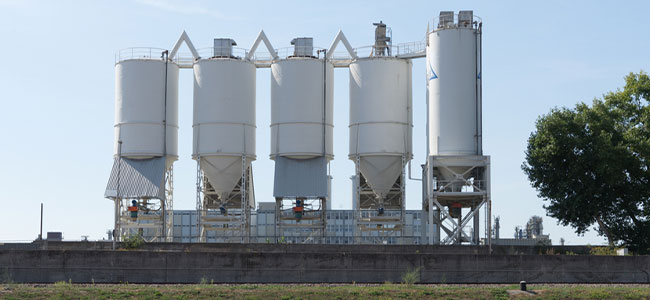
The company contests claims it failed to provide personal floatation devices or install guardrails.

The retail giants face penalties of $1.35 million to enhance store safety.
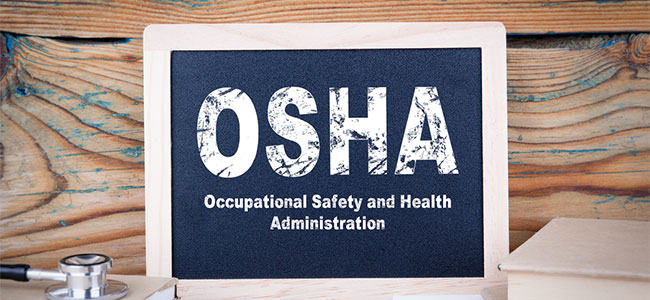
Agency faces consequences for penalizing an employee reporting water safety concerns.

Operators face $61,012 in combined penalties.
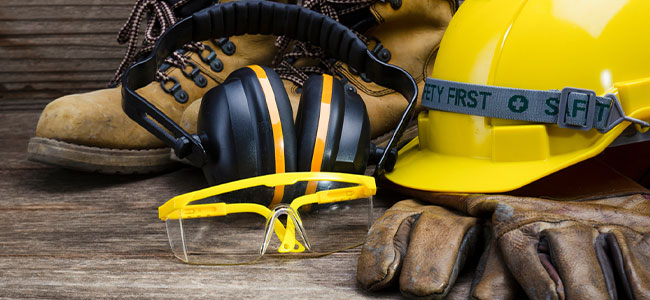
The contractor faces $334,618 in penalties.
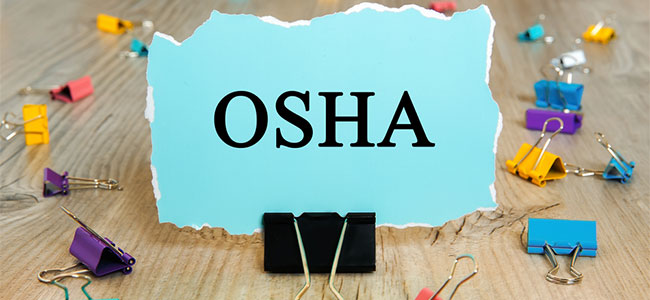
Madix Inc. now faces $158,051 in penalties.

Five skating centers in Florida face penalties totaling $26,103.
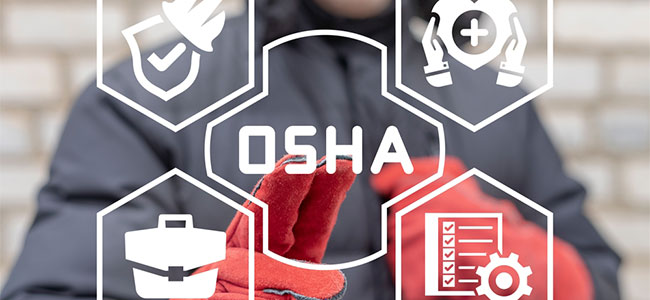
The art supply manufacturer is now facing $203,806 in penalties.

New initiative aims to boost health and safety standards.
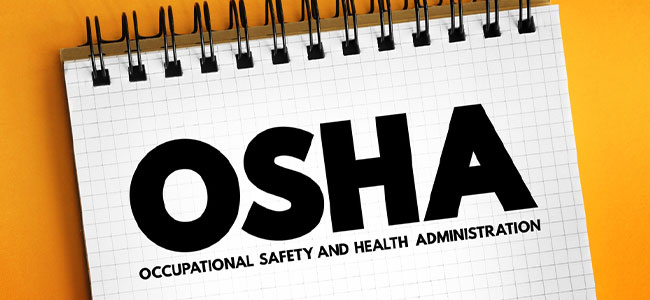
The company now faces $218,759 in penalties.